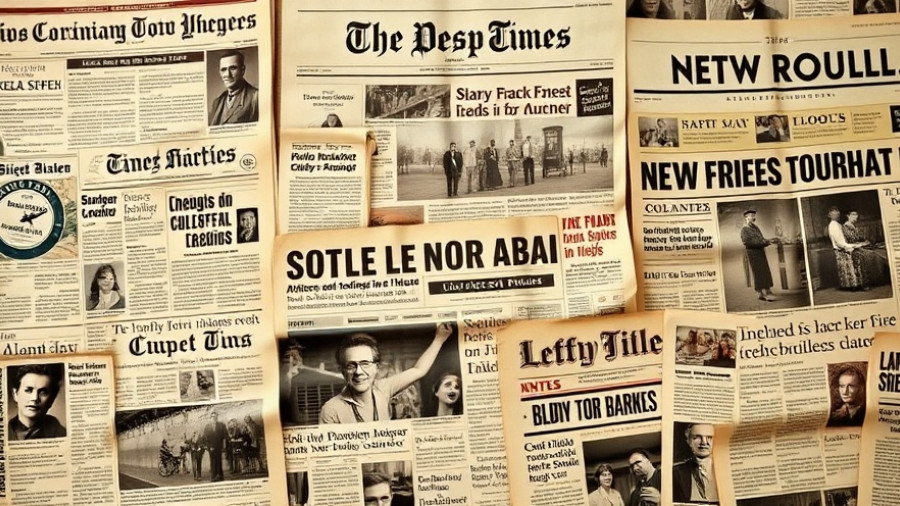
The Showdown Between Waymo and Rideshare Giants: A Community Struggle
In the bustling streets of San Francisco, the recent push by Mayor Daniel Lurie to allow Waymo robotaxis exclusive access to Market Street has ignited a fierce debate that resonates deeply within the community. While the mayor promotes this as a crucial step toward revitalizing the city’s economy post-pandemic, rideshare companies, particularly Uber and Lyft, are decrying the plan as fundamentally flawed and unfair. This standoff raises questions about accountability, fairness, and the true impact on our city’s residents.
Local Voices Matter: Community Concerns Surrounding Market Street
As discussions unfold, it’s essential to highlight the local voices that feel the impact of these policies. Organizations like KidSafe SF have expressed concerns that the influx of self-driving vehicles will compromise pedestrian safety and diminish the vibrancy of public transportation, which has already suffered during the pandemic. Critics argue that allowing Waymo's operation expands vehicular traffic that was previously restricted helps no one; it could double the challenges for our already struggling public transit systems.
Connections and Controversy: The Role of Politics
This heated scenario is further complicated by the mayor’s association with Alphabet, Waymo's parent company, which raises eyebrows regarding potential favoritism. While Lurie claims that the Waymo deal is a means to encourage more foot traffic and business in a slow-recovering downtown, Uber points to it as an attempt to create a double standard that disadvantages local rideshare drivers who have abided by the previous restrictions for years.
Historical Context: The Evolution of Market Street
Market Street has long been a vital artery for San Francisco's public transport. Following the shutdowns in 2020, the street was transformed as part of a broader initiative to prioritize pedestrian safety and facilitate the return of urban life. The announcement in April 2025 to allow robotaxis to operate there has reignited conversations about what future streets should look like and who gets to decide.
What’s Next? A Community on the Brink of Change
The backlash from Uber has been swift, with the company suggesting that unless equitable access is granted, legal action could be imminent. As messages from the community continue to flood in, the question on everyone’s minds remains: how will this affect the fabric of our neighborhoods? The outcome may redefine not just Market Street but the way we approach urban mobility altogether.
Act Now: Engage in Local Advocacy
As lifestyle-conscious adults in the Bay Area, your involvement in these discussions is crucial. Local activism can steer policies that reflect community needs. Attend city council meetings, engage in social media discussions, and support grassroots movements. Your voice matters in shaping the future of our vibrant city!
 Add Row
Add Row  Add
Add 



Write A Comment